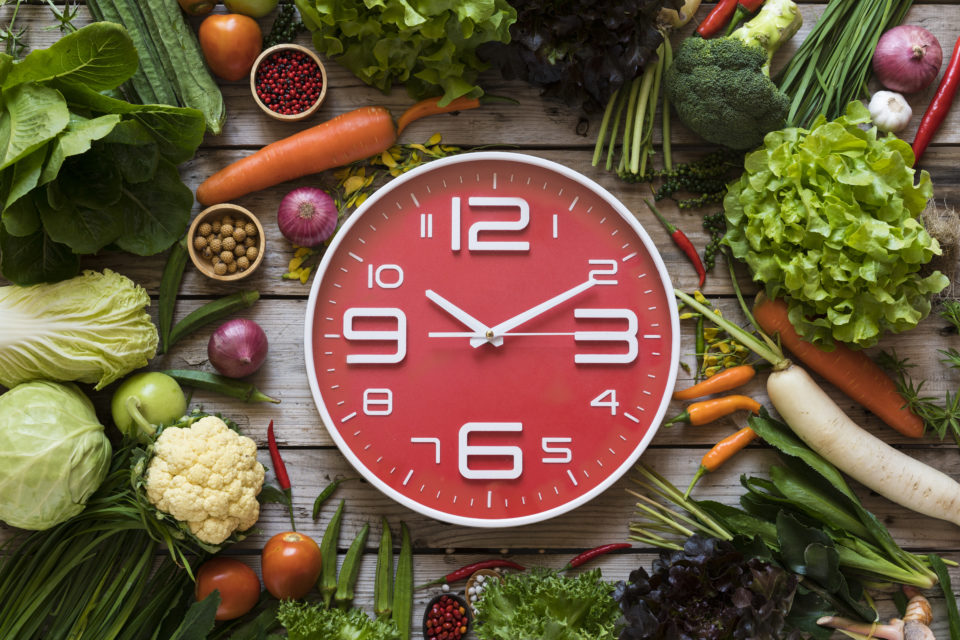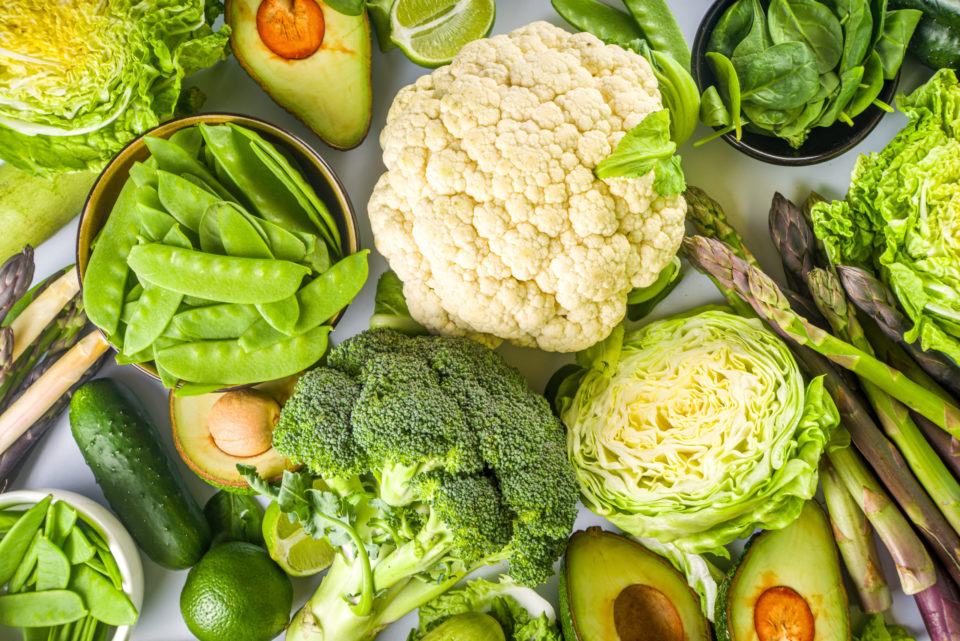Eating a mixed diet means eating things that come from both the animal and plant kingdoms. Together with some other animals such as pigs, foxes, and some bears and rodents, we humans are omnivores. The advantage of eating other mammals is that the amino acids that make up the proteins in a piece of beef fillet are precisely the ones we need to get in us to produce proteins in our muscles. Excluding food from the animal kingdom requires that you eat enough variety to meet the need for essential amino acids.
Despite the ability to break down nutrients in foods from both the animal and plant kingdoms, this does not mean that everyone is good for us. According to the Nordic Nutrition Recommendations (NNR 2012) and other countries’ recommendations, the risk of disease increases if you eat large amounts of saturated fat, red meat, and charcuterie. These foods come from terrestrial, four-legged animals, such as cattle, sheep, and horses. The base should instead consist of foods from the plant kingdom.
Suppose you want to be careful and eat according to NNR, which is based on the world’s collective research and updated regularly. In that case, there are diet registration programs where you enter the exact amount or volume of everything you eat and drink to see how much you have ingested and what the distribution of all nutrients looks like. An easier way is to eat according to the plate model, which is a practical translation of the dietary advice based on NNR.
The plate model consists of three parts, and you can eat according to the plate model regardless of whether you eat a mixed diet, vegetarian diet, or vegan diet.
- The first part contains vegetables and root vegetables, and those who do not move as much can let these foods fill half the plate.
- The second part is potatoes, pasta, bread, or groats such as rice, bulgur, oats, and food grains. Within this group, the advice is to primarily choose whole grain varieties because they contain dietary fiber that is good for the work of the intestines and the intestinal flora. Those who exercise a lot are recommended to make this part of their portion even larger.
- The smallest part of the plate model consists of protein-rich foods such as meat, fish, eggs, and legumes such as beans, lentils, and peas. The raw materials vary depending on whether you eat a vegetarian, vegan or mixed diet.
The plate model only shows the proportions between different types of food but says nothing about how large quantities are suitable to eat – that is, how big the plate should be. Whether the plate is as big as a cake plate or as small as a plate depends on how much energy you need. It should also be added that there is specific dietary advice for, among others, children, the elderly, overweight, pregnant women, and athletes.






